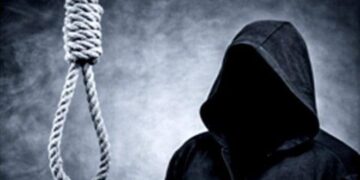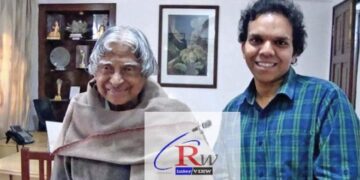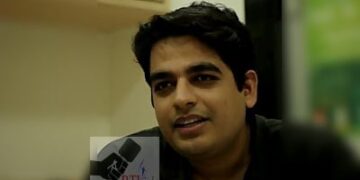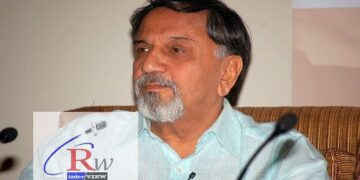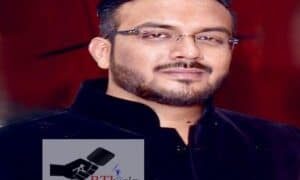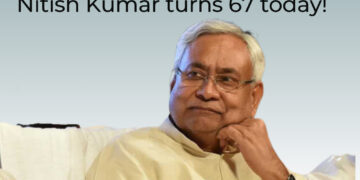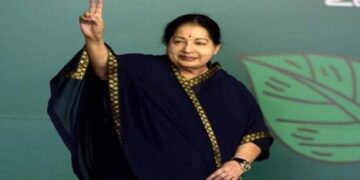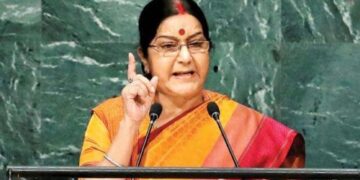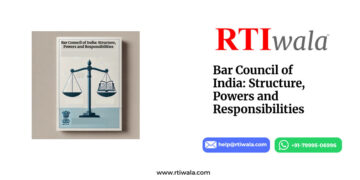“Drop the idea of becoming someone, because you are already a masterpiece. You cannot be improved. You have only to come to it, to know it, to realize it.”
RTIwala Reveals: Osho’s teachings emphasize meditation, static beliefs, religious tradition, and socialization. Not only religious, but his teachings have also had a notable impact on Western traditions and values. In this article, we reveal it all about Acharya Rajneesh, a.k.a. Osho and his modern take on socialism and Hindu religious orthodoxy.
Acharya Rajneesh, a.k.a. Osho’s full name is Chandra Mohan Jain, who was born in Kuchwada village, Raisen District (now Madhya Pradesh) of India on 11th December 1931. His parents Babulal and Saraswati Jain were Taranpanthi Jains and let him live at his maternal grandmother’s, to whom he was deeply attached. In his very early childhood, Rajneesh was profoundly affected by eternal pains of the death of his grandparents.
Here are some interesting facts of the Mystic Guru and his journey of becoming ‘the Osho’:
1. Osho: An Indian Godman
Osho became the leader of the Rajneesh movement and he was viewed as a controversial, mystic, guru and spiritual teacher. He popularly came to be known as Bhagwan Shree Rajneesh and Osho during 1970s-80s.
Also Read: Why Do We Celebrate National Youth Day?
2. Osho wore confidence without fear

Rajneesh soon became a public speaker and gave vocals on subjects like socialism, Mahatma Gandhi and Hindu religious orthodoxy. His open mindset always projected on talks and preaching’s on ‘human sexuality’, for which he was criticized and earned a nickname ‘sex guru’.
3. His fancies for “Rolls Royce”
Osho owned 98 Rolls Royces which were donated by his disciples. On being asked by the people why he didn’t donate them to the poor, he said,
“Every religion in the world is taking care of the poor, why can’t they just let me take care of the rich.”
Also Read: Rw Reveals Top 10 Unknown Facts of Mahatma Gandhi
4. His life as a student
At the age of 19, he began his studies at Hitkarini College in Jabalpur, Madhya Pradesh. Interestingly, because of his argumentative personality, he was not made to attend the college but was allowed to sit for examinations. Eventually, he became the public speaker for Sarva Dharma Sammelan that used to be held annually.
5. His Journey in Mumbai and Pune Ashram
In 1970, he initiated his first group of disciples or neo-sannyasins in Mumbai. But the climatic condition there was not suitable for his health. Rajneesh developed diabetes, asthma, and allergies. Hence, he moved to a property in Koregaon Park, Pune and had his ashram that conducted his hourly lectures and received numerous visitors.
6. Osho International Meditation Resort
His ashram in Pune ‘Osho International Meditation Resort’ is one of India’s main tourist attractions and is visited by 200,000 people from around the world.
7. Relocation to the United States
While in India, Rajneesh did not receive immense fan following, so he relocated to the United States in1981. Where his followers established an international community that later came to be known as Rajneeshpuram near Antelope, Oregon, south of The Dalles.
Also Read: Kailash Satyarthi and His Fight Against Child Rights
8. Westerners attraction towards Osho
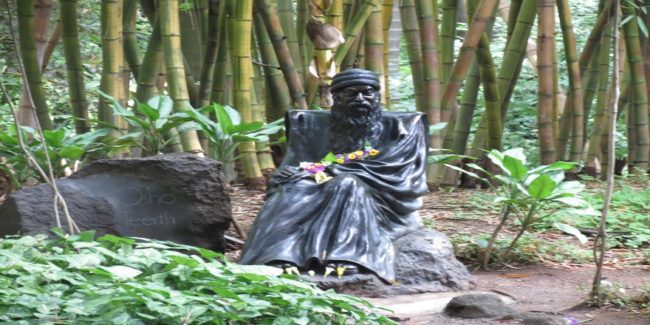
In his long essays, he mostly spoke about his original analysis and views on the writings of religious traditions, mystics, and philosophers from around the world. Due to which, he soon started attracting westerners.
9. Criticism by Indian Religious Leaders
His preaching was harshly criticized by the religious leaders and the media for “making empty rituals and fake promises”. On the other hand, he started getting fan following which included wealthy merchants and businessmen too.
10. Osho’s most praised book
The book which he praised the most was ‘The Book of Mirdad’ which was read by few people around the globe. Osho continued his teachings assertively and died on January 19 in 1990 in Pune from the heart attack.


